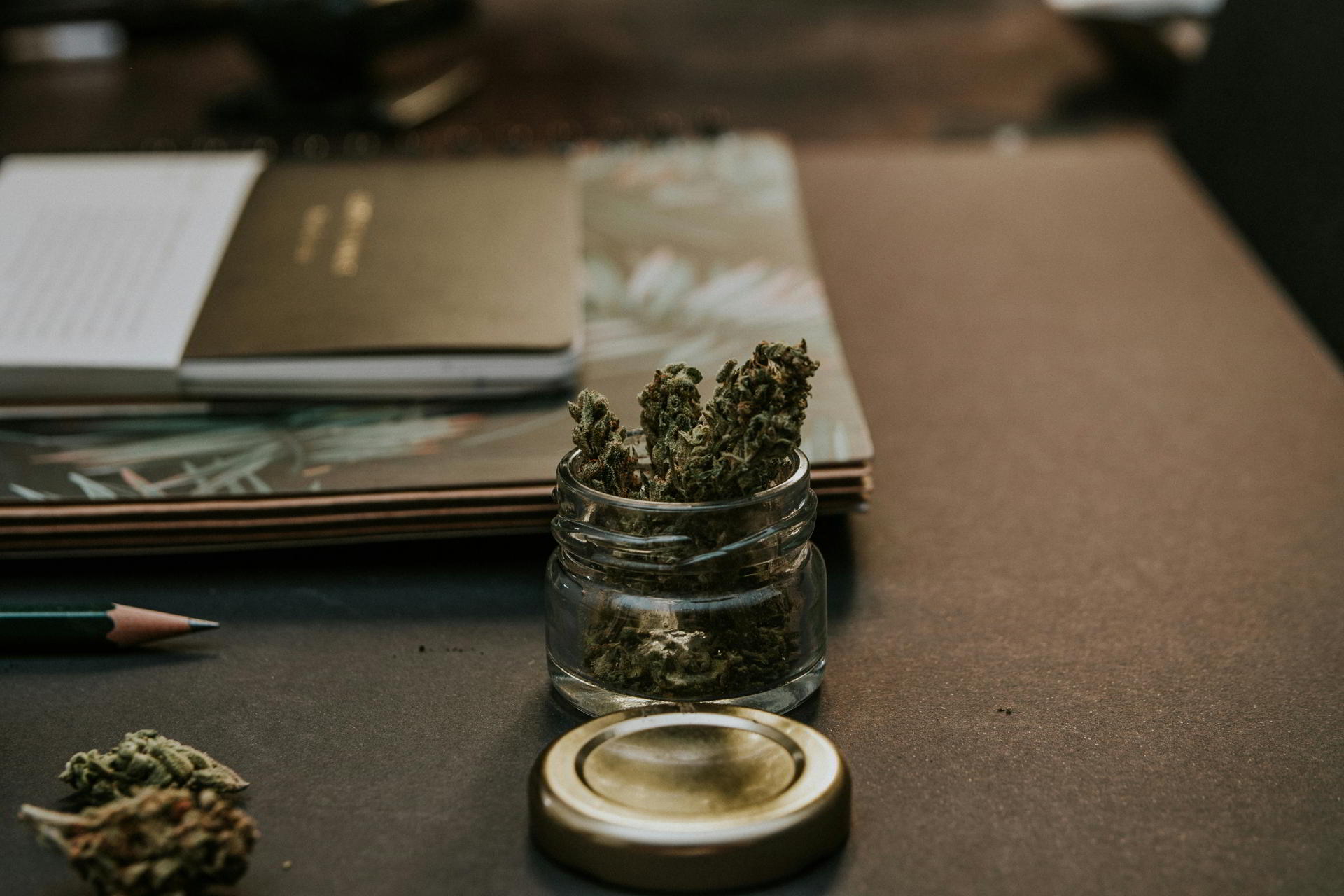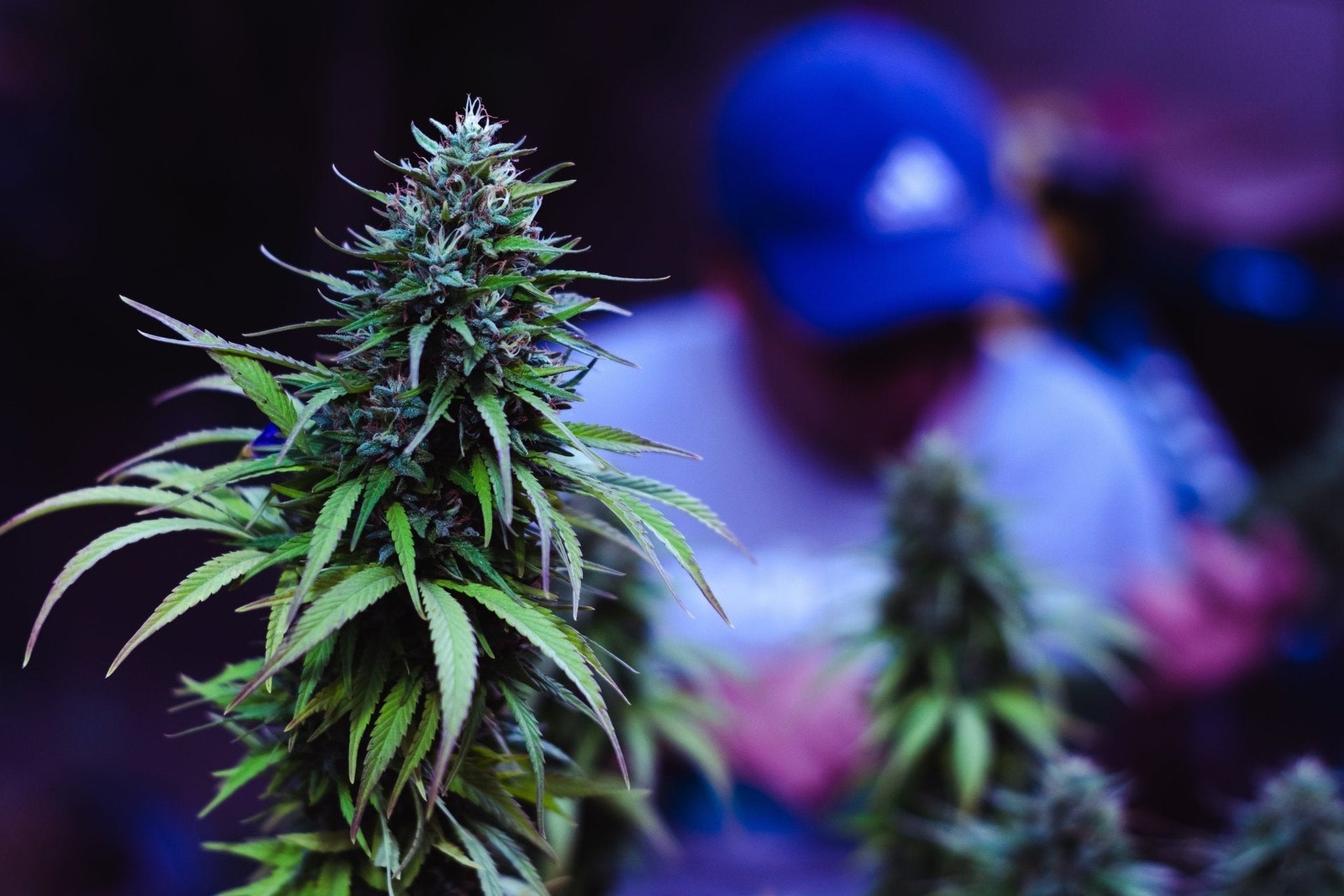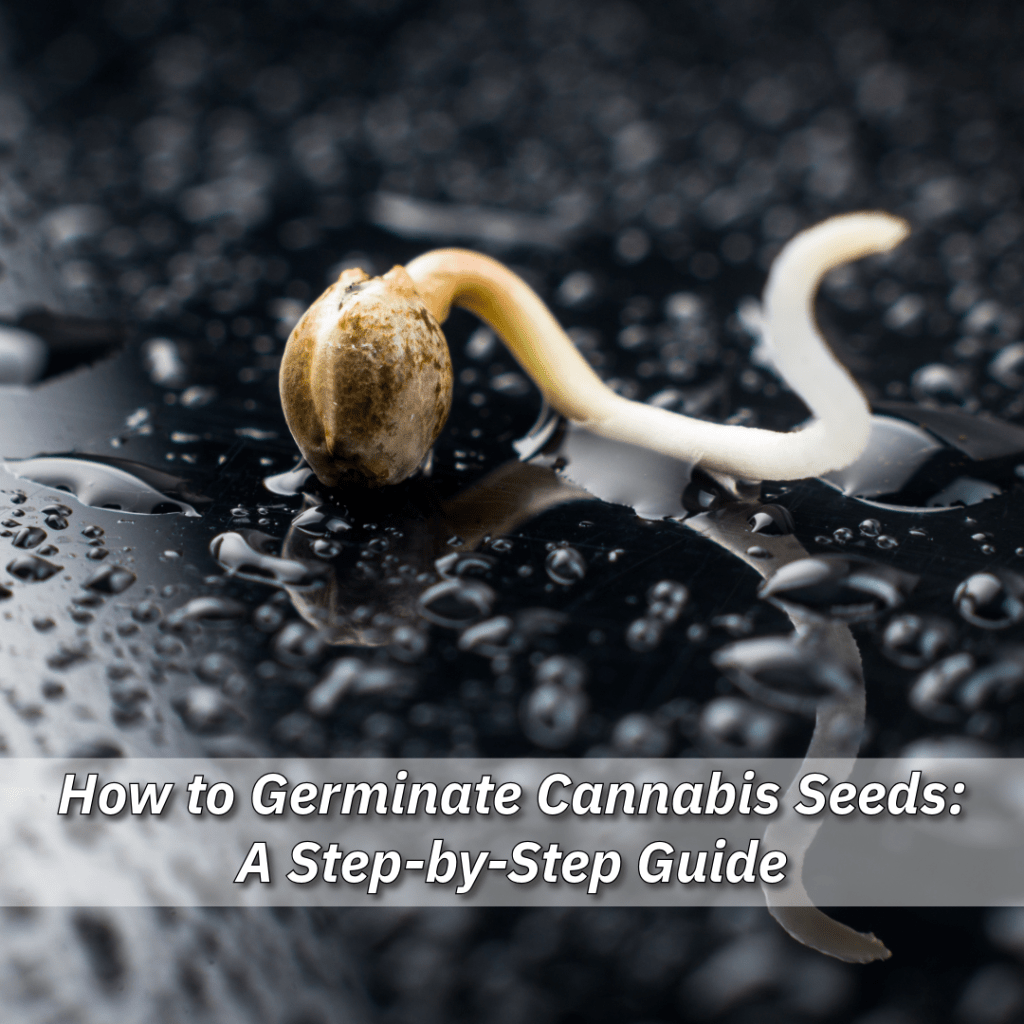
The Evolution of Cannabis: From Landraces to Modern Hybrids
From the wild-growing landraces that have adapted to local conditions over centuries to the highly refined hybrid strains of today’s cannabis industry the evolution of cannabis is as diverse as it is fascinating. However, upon closer inspection, many of these modern hybrids are built upon the same genetic foundations. Flavors, aromas, and effects often resemble each other, even when marketed under different strain names.
In this article, you’ll learn what landrace strains are, how modern hybrids emerged, and why TerpHunters prioritizes quality and transparency.
What Are Landrace Cannabis Strains?
Definition
Landraces are original, naturally occurring cannabis strains that have adapted to specific geographic regions over centuries without human intervention. They serve as the genetic foundation for modern cannabis breeding and are highly valuable for new breeding programs.
Characteristics of Landraces
✔ Genetic Stability: Developed through natural selection over generations.
✔ Adaptation to Local Conditions: Suited for specific climates, soil types, and outdoor growth.
✔ Distinct Aromas: Their unique terpene profiles often reflect their geographic origins.
Examples of Well-Known Landraces
✔ Afghan Kush: A robust Indica from the mountains of Afghanistan.
✔ Durban Poison: A pure Sativa from South Africa with an energizing effect.
✔ Thai: A Sativa from Thailand with long flowering cycles and exotic flavors.
✔ Nepalese Hash Plant & Acapulco Gold: Other classic landraces with unique terpene profiles.
The Emergence of Hybrids

With the global spread of cannabis seeds, breeders began crossbreeding different landraces to enhance specific traits, such as shorter flowering times in Indicas or the stronger cerebral effects of Sativas.
Examples of Early Hybrids
✔ Skunk #1: A cross of Afghan, Mexican, and Colombian landraces, known for its strong aroma and potency.
✔ Haze: A mix of multiple Sativa landraces (Mexico, Colombia, Thailand, India), appreciated for its cerebral-stimulating effects.
🔬 Why Hybrids?
✔ Increased Potency & Optimized Aromas through selective breeding.
✔ Better Adaptation to Growing Conditions, both indoor and outdoor.
✔ Challenge: Reduced genetic diversity, as many hybrids originate from the same genetic pool.
Modern Hybrids: Diversity or Monotony?

Today, new strain names constantly appear on the market. However, behind these creative names often lies the same or very similar genetics.
Popular Modern Hybrids
✔ Girl Scout Cookies (GSC): OG Kush x Durban Poison – sweet, earthy aroma.
✔ Wedding Cake: GSC x Cherry Pie – vanilla and berry notes.
✔ OG Kush: One of the most influential base strains, found in countless hybrids.
Impact on Consumers
✔ Similar Aromas & Effects: Many terpene profiles resemble each other despite different strain names.
✔ Repetitive Effects: Choosing the right strain for medical or recreational use can become challenging.
✔ Marketing Strategies: New names and packaging suggest uniqueness, even when the genetic makeup is nearly identical.
💡 Studies indicate that the genetic foundation of many modern hybrids can be traced back to fewer than 20 strains.
Our Philosophy at TerpHunters
At TerpHunters, we place great importance on quality, consistency, and transparency. Our strains are selectively bred to ensure unique characteristics and reliable performance.
✔ Regular HLVd Testing: We screen our plants for Hop Latent Viroid (HLVd) [(Learn more)](Placeholder: Link to HLVd Blog)*, ensuring they are free from pathogens that could compromise quality and yield.
✔ Transparent Communication: We provide our customers with detailed information about the genetics and origins of our strains.
✔ High-Quality Selections: Our hybrids deliver consistent yields, making them ideal for both personal and commercial grows.
The Future of Hybridization
The evolution of cannabis breeding is increasingly focusing on sustainability & medical applications.
✔ Selective Enhancement of Active Compounds (e.g., CBG- or CBD-rich strains).
✔ Improved Cultivation Efficiency to conserve resources and adapt to climate variations.
✔ Sustainable Hybridization to maintain genetic diversity and strengthen disease resistance.
Conclusion
The evolution of cannabis has led to an impressive variety of strains yet the genetic foundation often remains the same.
From the wild-growing landraces that have adapted to local conditions over centuries to the highly refined hybrid strains of today’s cannabis industry the evolution of cannabis is as diverse as it is fascinating. However, upon closer inspection, many of these modern hybrids are built upon the same genetic foundations. Flavors, aromas, and effects often resemble each other, even when marketed under different strain names.
In this article, you’ll learn what landrace strains are, how modern hybrids emerged, and why TerpHunters prioritizes quality and transparency.
What Are Landrace Cannabis Strains?
Definition
Landraces are original, naturally occurring cannabis strains that have adapted to specific geographic regions over centuries without human intervention. They serve as the genetic foundation for modern cannabis breeding and are highly valuable for new breeding programs.
Characteristics of Landraces
✔ Genetic Stability: Developed through natural selection over generations.
✔ Adaptation to Local Conditions: Suited for specific climates, soil types, and outdoor growth.
✔ Distinct Aromas: Their unique terpene profiles often reflect their geographic origins.
Examples of Well-Known Landraces
✔ Afghan Kush: A robust Indica from the mountains of Afghanistan.
✔ Durban Poison: A pure Sativa from South Africa with an energizing effect.
✔ Thai: A Sativa from Thailand with long flowering cycles and exotic flavors.
✔ Nepalese Hash Plant & Acapulco Gold: Other classic landraces with unique terpene profiles.
The Emergence of Hybrids

With the global spread of cannabis seeds, breeders began crossbreeding different landraces to enhance specific traits, such as shorter flowering times in Indicas or the stronger cerebral effects of Sativas.
Examples of Early Hybrids
✔ Skunk #1: A cross of Afghan, Mexican, and Colombian landraces, known for its strong aroma and potency.
✔ Haze: A mix of multiple Sativa landraces (Mexico, Colombia, Thailand, India), appreciated for its cerebral-stimulating effects.
🔬 Why Hybrids?
✔ Increased Potency & Optimized Aromas through selective breeding.
✔ Better Adaptation to Growing Conditions, both indoor and outdoor.
✔ Challenge: Reduced genetic diversity, as many hybrids originate from the same genetic pool.
Modern Hybrids: Diversity or Monotony?

Today, new strain names constantly appear on the market. However, behind these creative names often lies the same or very similar genetics.
Popular Modern Hybrids
✔ Girl Scout Cookies (GSC): OG Kush x Durban Poison – sweet, earthy aroma.
✔ Wedding Cake: GSC x Cherry Pie – vanilla and berry notes.
✔ OG Kush: One of the most influential base strains, found in countless hybrids.
Impact on Consumers
✔ Similar Aromas & Effects: Many terpene profiles resemble each other despite different strain names.
✔ Repetitive Effects: Choosing the right strain for medical or recreational use can become challenging.
✔ Marketing Strategies: New names and packaging suggest uniqueness, even when the genetic makeup is nearly identical.
💡 Studies indicate that the genetic foundation of many modern hybrids can be traced back to fewer than 20 strains.
Our Philosophy at TerpHunters
At TerpHunters, we place great importance on quality, consistency, and transparency. Our strains are selectively bred to ensure unique characteristics and reliable performance.
✔ Regular HLVd Testing: We screen our plants for Hop Latent Viroid (HLVd) [(Learn more)](Placeholder: Link to HLVd Blog)*, ensuring they are free from pathogens that could compromise quality and yield.
✔ Transparent Communication: We provide our customers with detailed information about the genetics and origins of our strains.
✔ High-Quality Selections: Our hybrids deliver consistent yields, making them ideal for both personal and commercial grows.
The Future of Hybridization
The evolution of cannabis breeding is increasingly focusing on sustainability & medical applications.
✔ Selective Enhancement of Active Compounds (e.g., CBG- or CBD-rich strains).
✔ Improved Cultivation Efficiency to conserve resources and adapt to climate variations.
✔ Sustainable Hybridization to maintain genetic diversity and strengthen disease resistance.
Conclusion
The evolution of cannabis has led to an impressive variety of strains yet the genetic foundation often remains the same.




